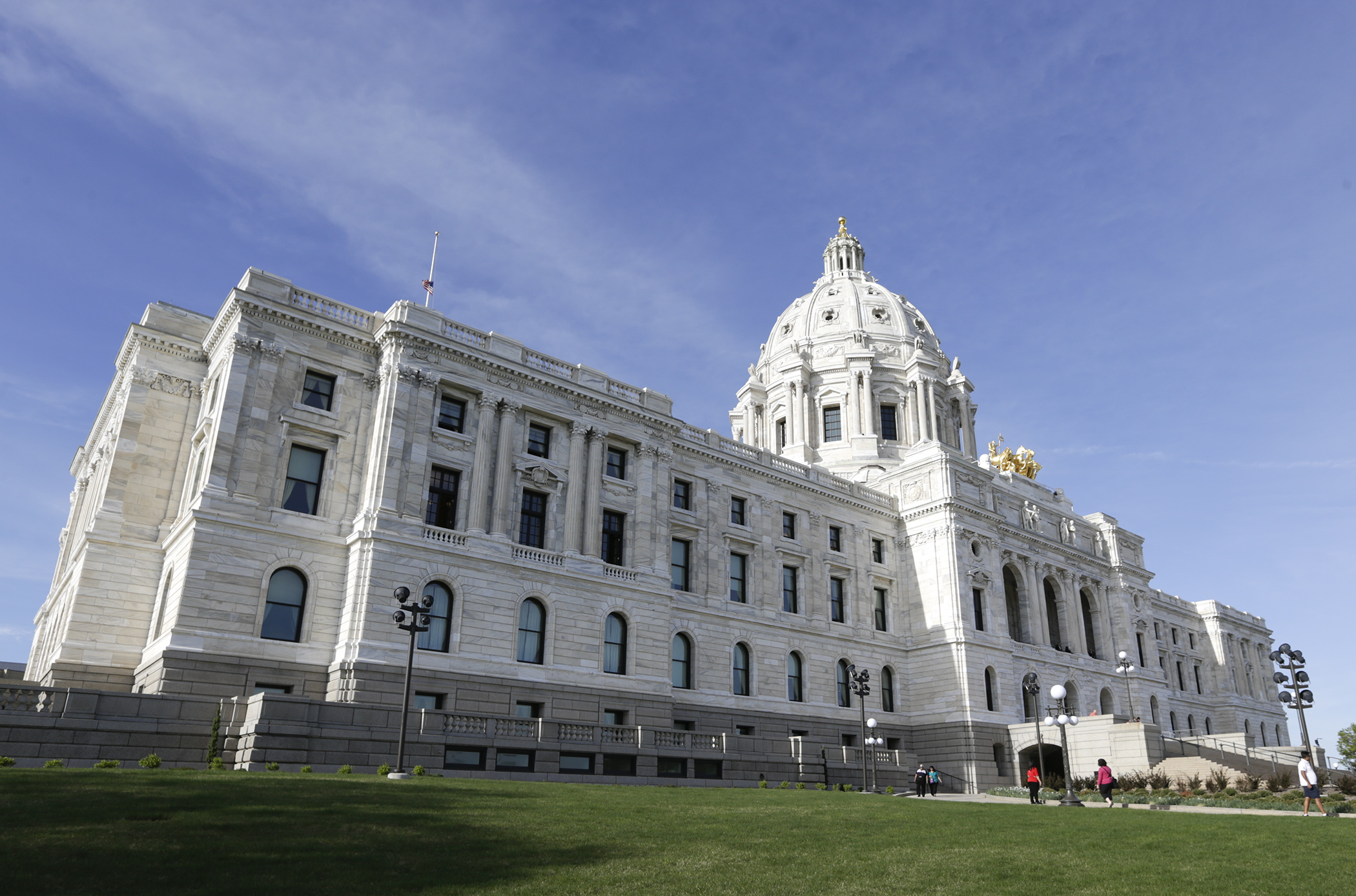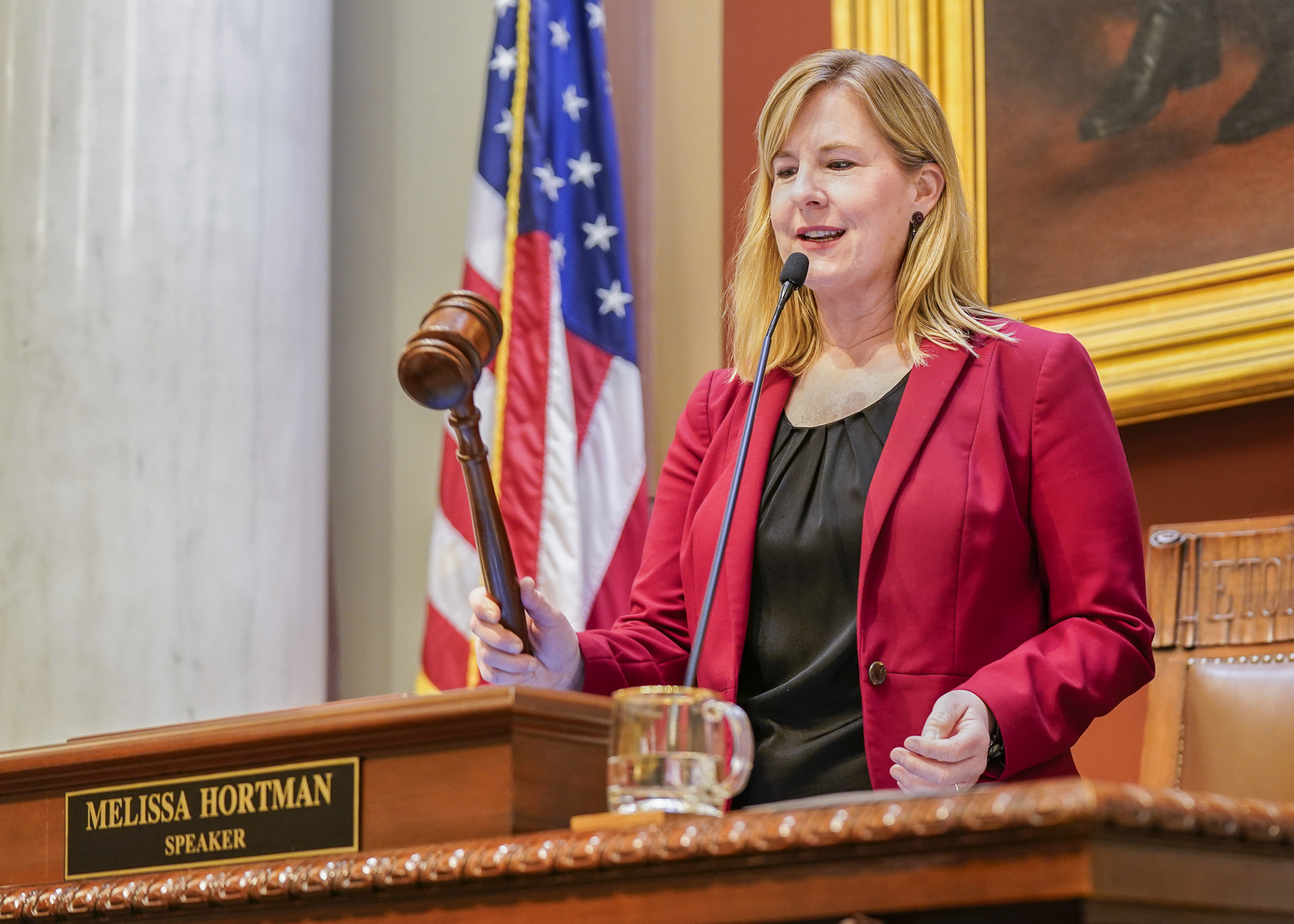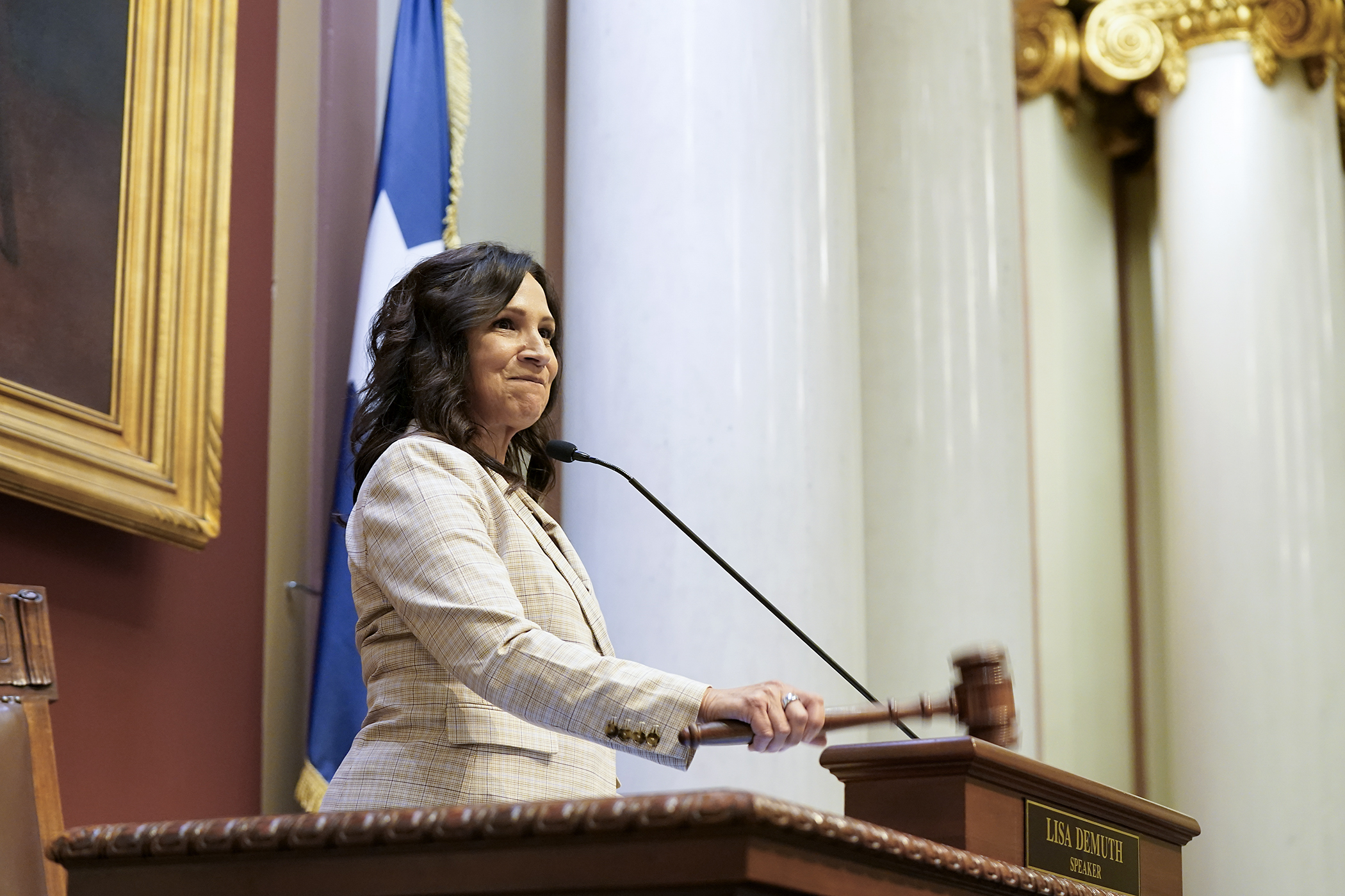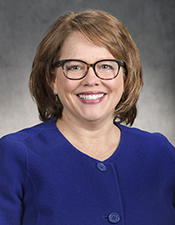Higher ed agreement bridges funding gap, heads for governor's desk

When you have only four things to fund, negotiations probably aren’t nearly as complicated. Yet formulating the state’s higher education budget for the next biennium still required a 14-hour, overnight, closed-door meeting between co-chairs of the omnibus higher education finance bill conference committee and Higher Education Commissioner Dennis Olson.
Approved by conferees about 8:15 p.m., HF2544/SF2415*, sponsored by Rep. Connie Bernardy (DFL-New Brighton) and Sen. Paul Anderson (R-Plymouth), was approved about 90 minutes later by the Senate 62-3. The House followed suit within an hour on an 84-49 vote. It awaits Gov. Tim Walz’s signature.
In its final form, the bill found middle ground between the proposed House and Senate appropriations for the Minnesota State system, the University of Minnesota, the Mayo Foundation’s medical education programs, and the Office of Higher Education, which oversees the state’s financial aid programs.
Together, they would receive $3.41 billion in the 2020-21 biennium, a $150 million increase over the base total set in the February Forecast.
The biggest boost is for Minnesota State, which would have its funding raised by $81.5 million. That includes a general “campus investments” appropriation increase of $64.5 million, as well as an additional $8 million to upgrade its ISRS system for administering finances, aid, housing, human resources and other school functions, and $7 million in new funding for workforce development scholarships.
Meanwhile, the University of Minnesota would receive a $43.5 million increase. House plans to fund a tuition freeze did not appear in the final agreement.
The Office of Higher Education’s funding would be $25 million higher than February’s base total. That would include an addition of $18.2 million for state grants, $2 million for the MN Reconnect program to help those who have left college to return, $1.8 million for Statewide Longitudinal Education Data Systems, and $1.5 million for grants to teaching candidates.
The Mayo Foundation’s funding would remain constant at $2.7 million in the next biennium.
Olson called it “a bill that the governor would be proud to sign.”
While the House bill had considerably more funding for higher education, the budget targets received from an agreement between the governor and legislative leaders were much lower.
“We’re disappointed that it came with half the money we wanted,” Bernardy said. “But we did what we could.”
Related Articles
Search Session Daily
Advanced Search OptionsPriority Dailies
Speaker Emerita Melissa Hortman, husband killed in attack
By HPIS Staff House Speaker Emerita Melissa Hortman (DFL-Brooklyn Park) and her husband, Mark, were fatally shot in their home early Saturday morning.
Gov. Tim Walz announced the news dur...
House Speaker Emerita Melissa Hortman (DFL-Brooklyn Park) and her husband, Mark, were fatally shot in their home early Saturday morning.
Gov. Tim Walz announced the news dur...
Lawmakers deliver budget bills to governor's desk in one-day special session
By Mike Cook About that talk of needing all 21 hours left in a legislative day to complete a special session?
House members were more than up to the challenge Monday. Beginning at 10 a.m...
About that talk of needing all 21 hours left in a legislative day to complete a special session?
House members were more than up to the challenge Monday. Beginning at 10 a.m...
